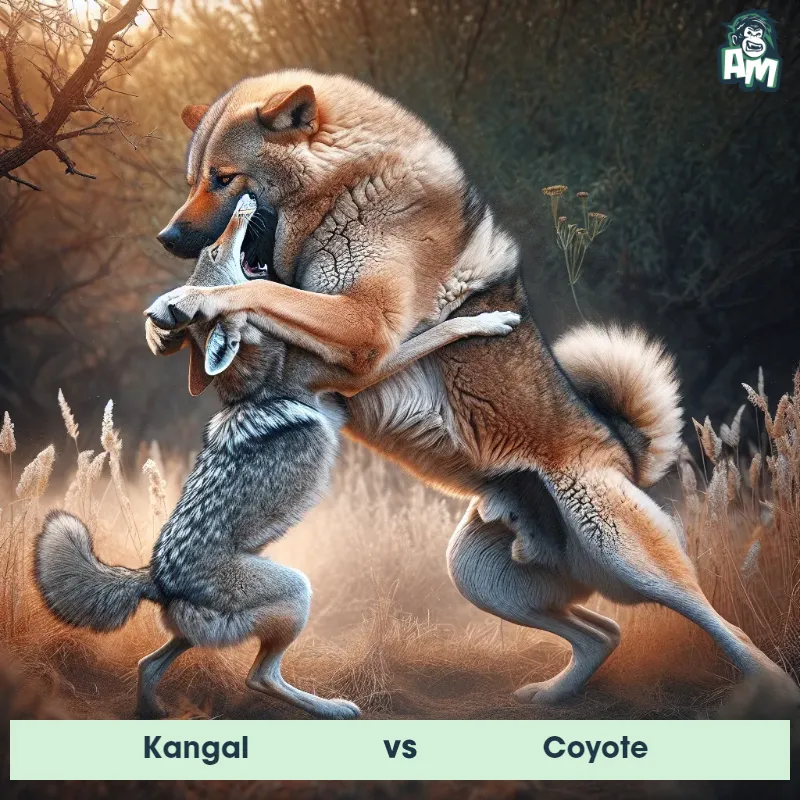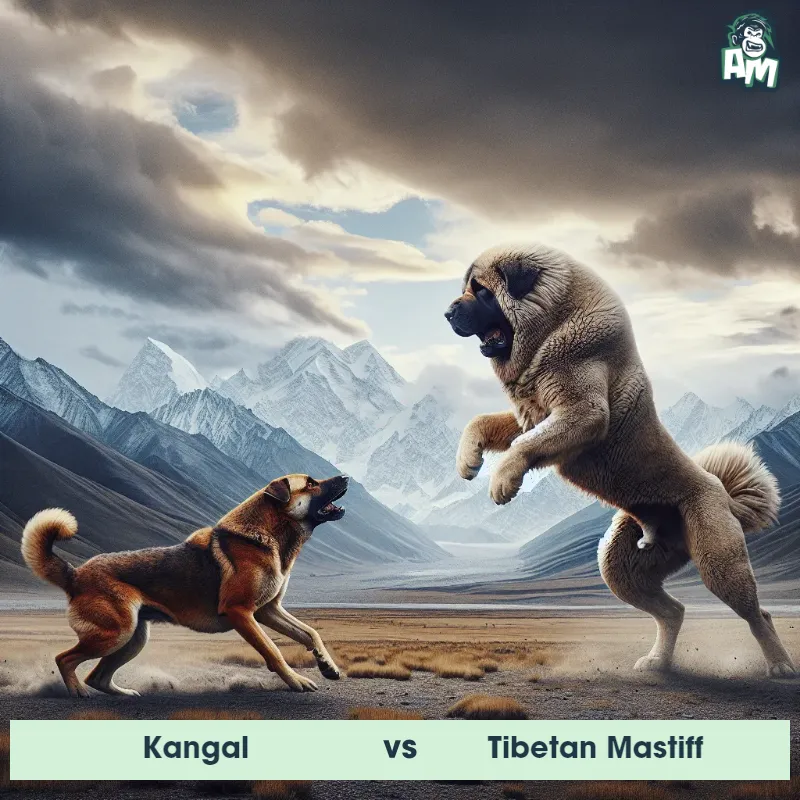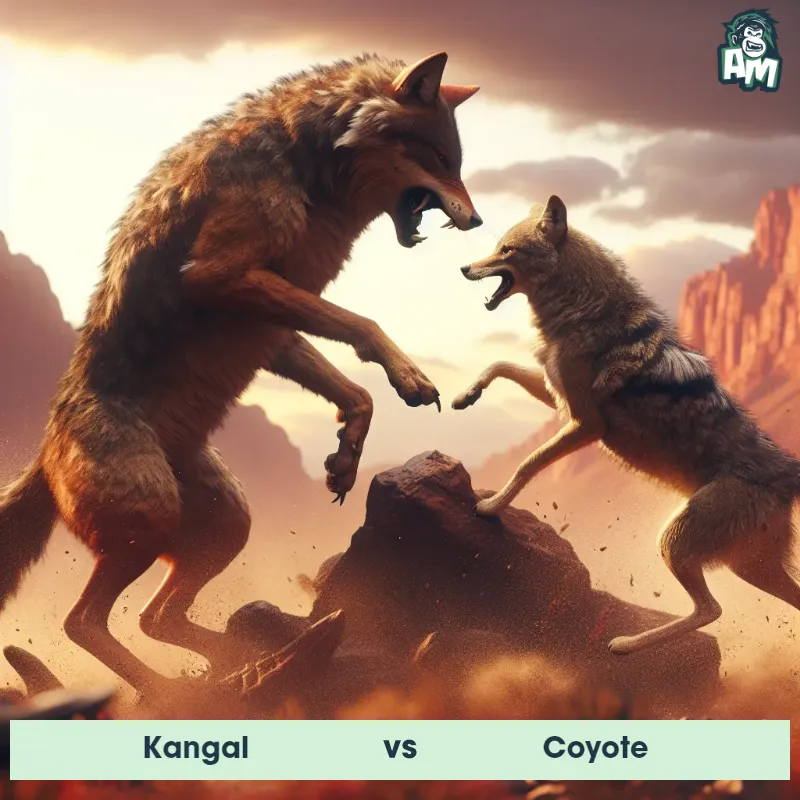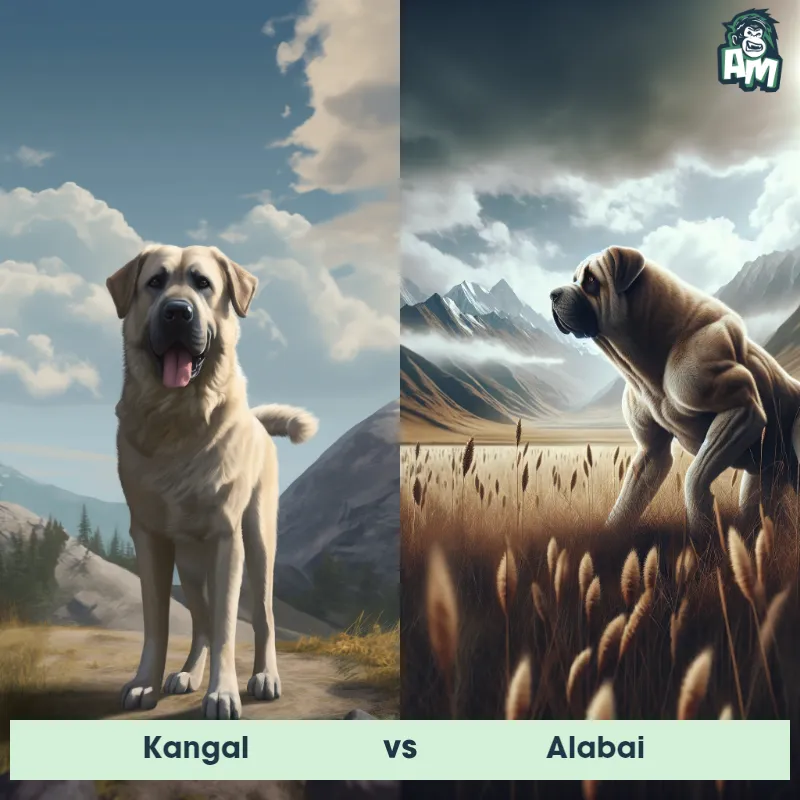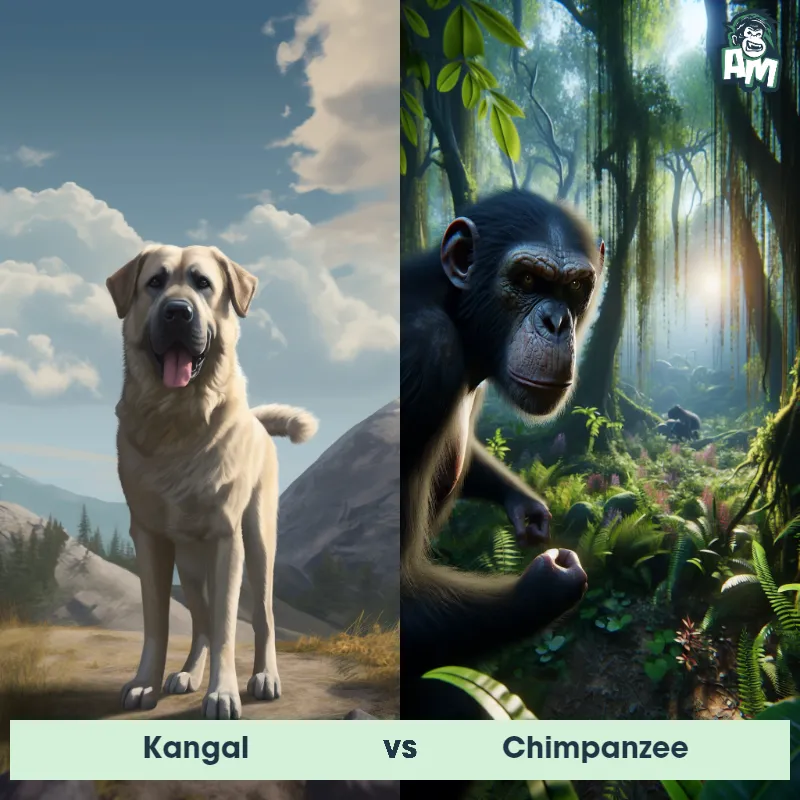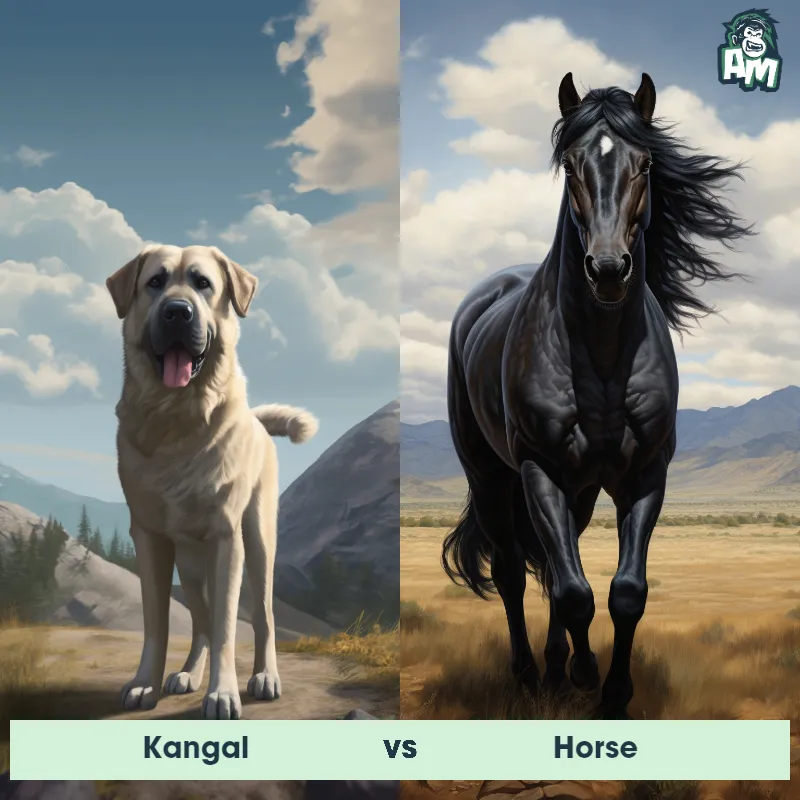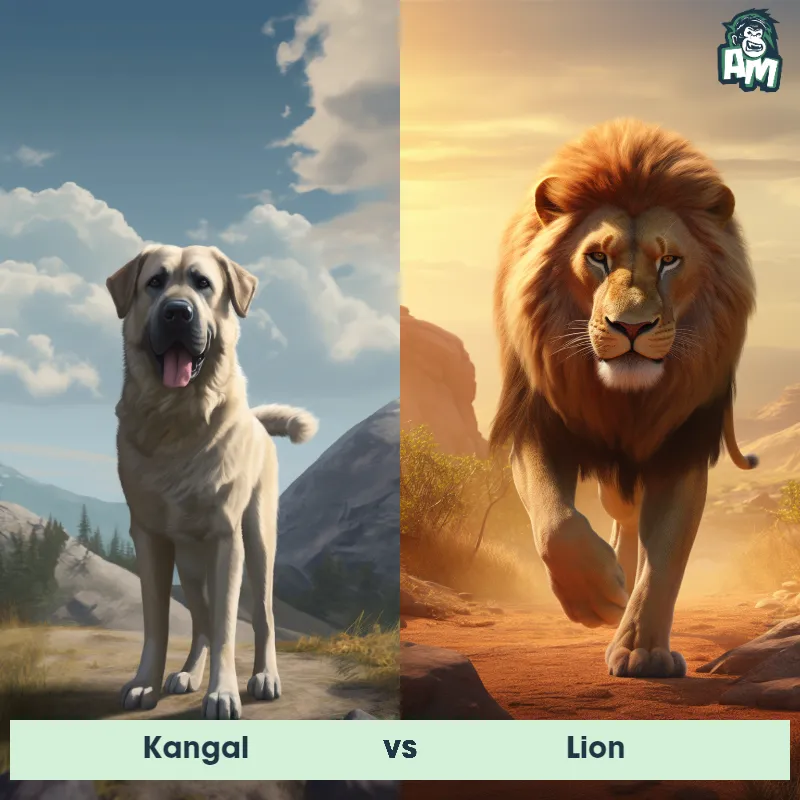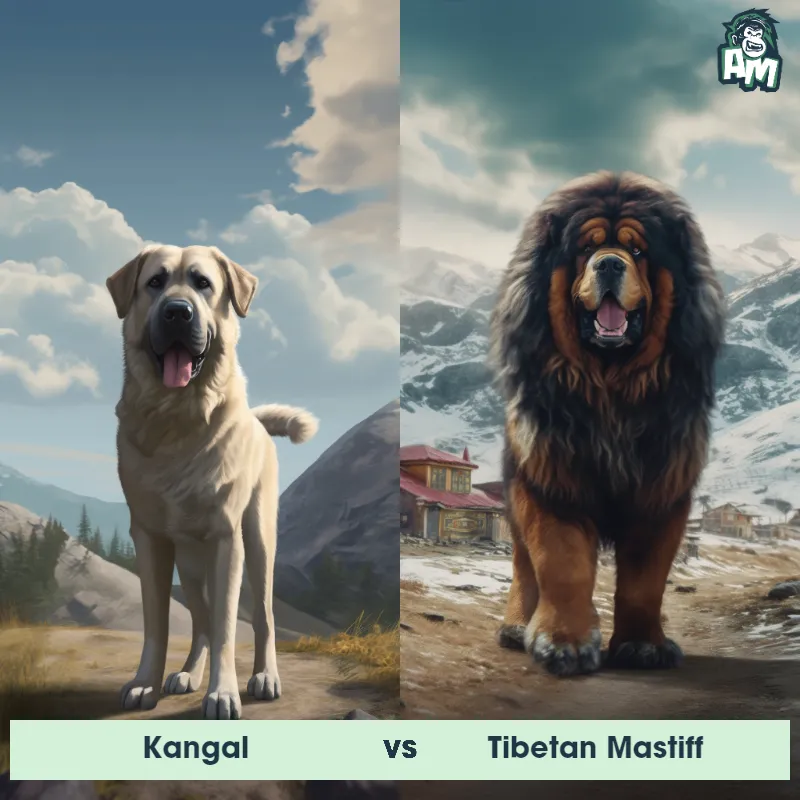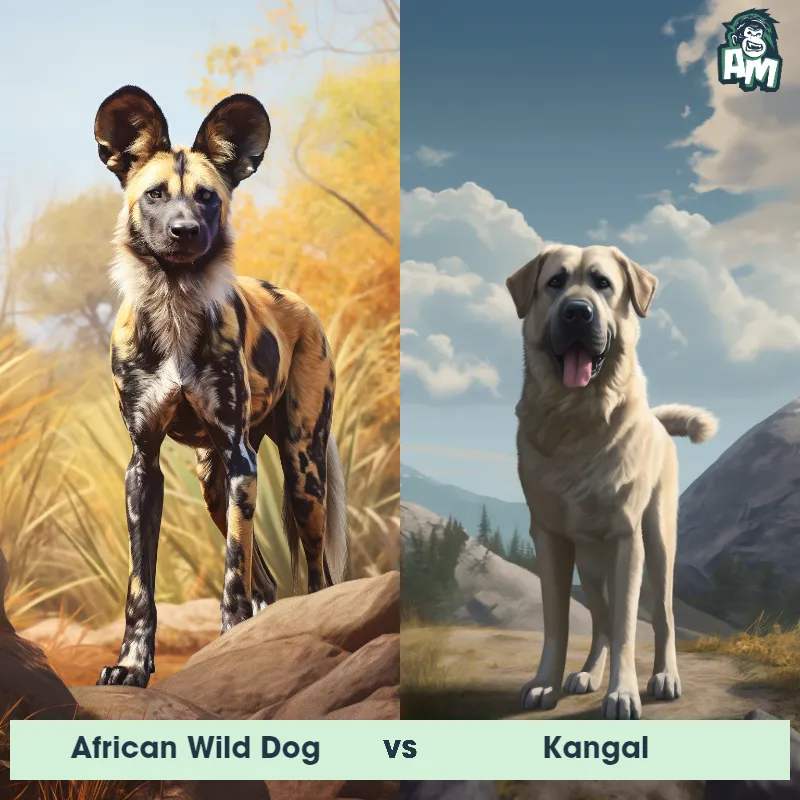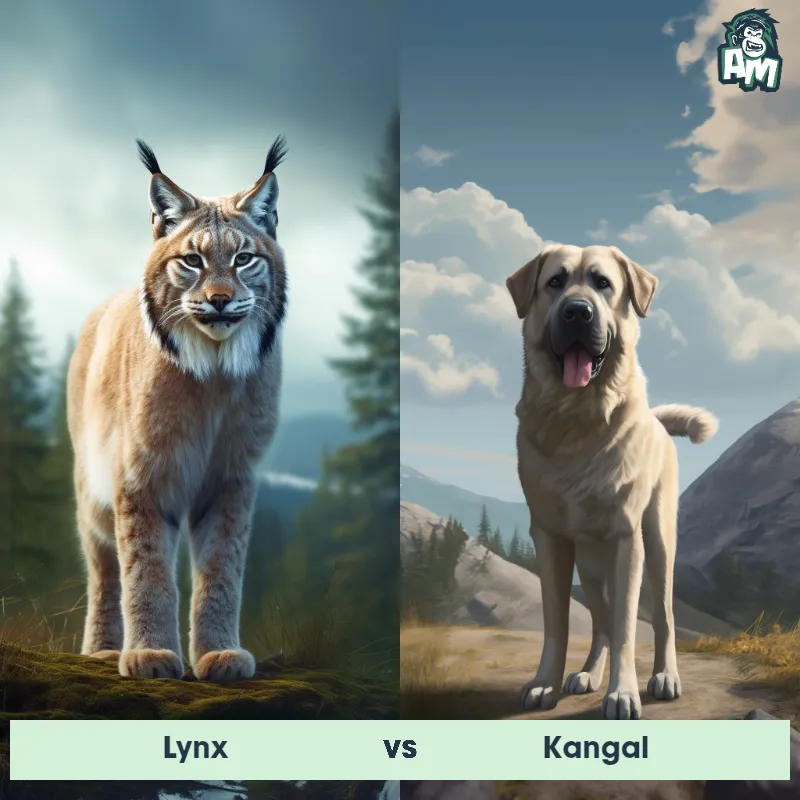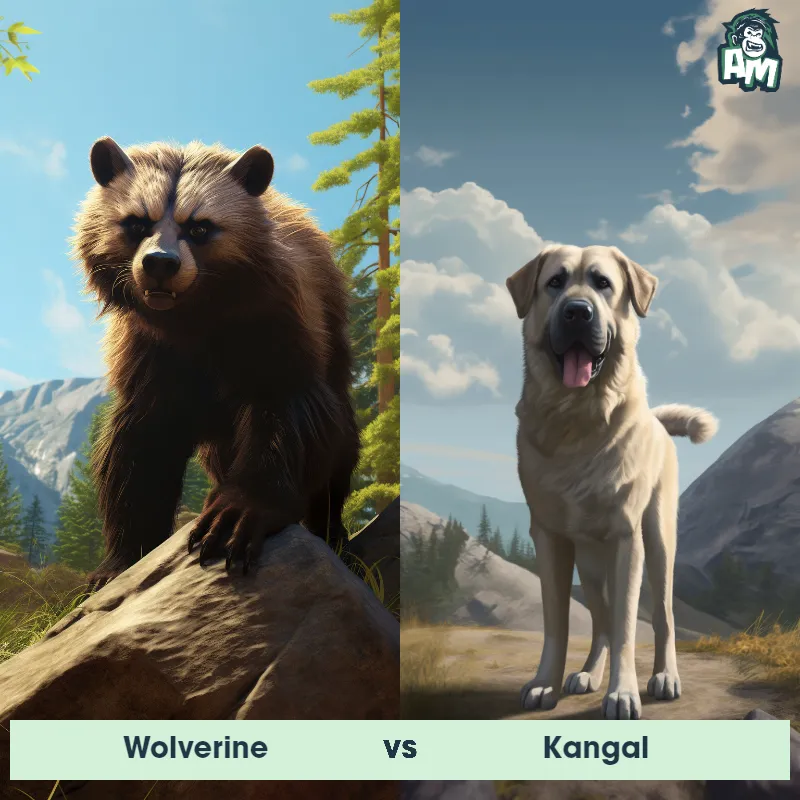The Kangal
The Kangal, also known as the Anatolian Shepherd Dog, is a large and powerful breed originating from Turkey. They are known for their deep loyalty, protectiveness, and intelligence. Kangals have a sturdy and muscular build with a thick double coat that helps them adapt to different climates. They have a broad head, a strong neck, and a deep chest. Their eyes are dark and almond-shaped, and their ears are medium-sized and set high on their head. Kangals have a calm and composed demeanor but can display a strong and assertive nature when necessary. They are highly protective of their family and territory, making them excellent guard dogs.
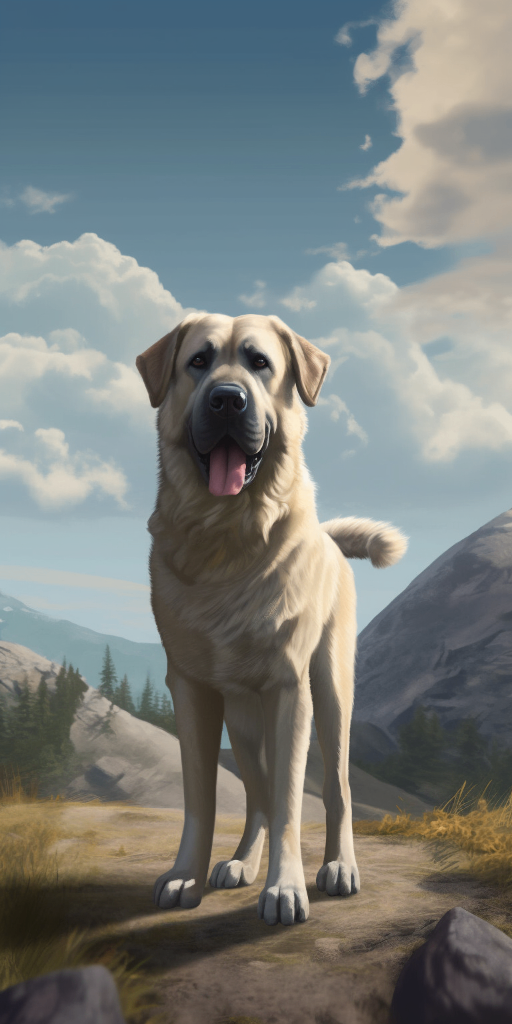
| Kangal | |
|---|---|
| Size | 30-32 inches (76-81 cm) at the shoulder |
| Weight | 90-145 pounds (41-66 kg) |
| Speed | Speed: 30 mph (48.28 km/hr) |
| Key Strength | Bite force and endurance |
| Biggest Weakness | Agility and speed |
| Scientific Name | Canis lupus familiaris |
| Family | Canidae |
| Habitat | Domesticated |
| Geography | Turkey |
| Diet | Carnivorous |
| Lifespan | 10 years - 15 years |

The Kangal
The Kangal, also known as the Anatolian Shepherd Dog, is a large and powerful breed originating from Turkey. They are known for their deep loyalty, protectiveness, and intelligence. Kangals have a sturdy and muscular build with a thick double coat that helps them adapt to different climates. They have a broad head, a strong neck, and a deep chest. Their eyes are dark and almond-shaped, and their ears are medium-sized and set high on their head. Kangals have a calm and composed demeanor but can display a strong and assertive nature when necessary. They are highly protective of their family and territory, making them excellent guard dogs.
Fun Fact: The Kangal has a remarkable bite force that can reach up to 740 psi pounds per square inch, making it one of the dog breeds with the strongest bite in the world.
| Kangal | |
|---|---|
| Size | 30-32 inches (76-81 cm) at the shoulder |
| Weight | 90-145 pounds (41-66 kg) |
| Speed | Speed: 30 mph (48.28 km/hr) |
| Key Strength | Bite force and endurance |
| Biggest Weakness | Agility and speed |
| Scientific Name | Canis lupus familiaris |
| Family | Canidae |
| Habitat | Domesticated |
| Geography | Turkey |
| Diet | Carnivorous |
| Lifespan | 10 years - 15 years |
Match Highlights
Kangal Matchups
We use AI to simulate matchups between the Kangal and other animals. Our simulation considers size, strength, and natural predatory behaviors to determine the most likely outcome.
Kangal: Diet, Predators, Aggression, and Defensive Behaviors
What do Kangals eat?
Kangals are carnivores, which means they primarily eat meat. Their diet typically consists of high-quality dog food, raw meats, and bones. It is important for Kangals to have a balanced diet that includes protein, fats, vitamins, and minerals to maintain good health and fitness.
Do Kangals have any predators?
In their native regions of Turkey, Kangals are known to be fearless protectors of livestock and are not typically preyed upon by other animals. However, in some cases, large predators such as wolves or bears may pose a threat to Kangals, especially when they are guarding their herd.
Are Kangals aggressive?
Kangals are known for their calm and confident personalities, but they can become aggressive when they sense a threat to their family or territory. They are extremely loyal and protective of their owners and will not hesitate to defend them if necessary. Proper training and socialization from a young age can help prevent any aggressive behavior.
Do Kangals fight with other animals?
Kangals are bred to be powerful and determined guardian dogs, capable of defending against predators such as wolves and bears. While they are not inherently aggressive towards other animals, they will not back down from a fight if their family or livestock is in danger. Their strong protective instincts make them formidable opponents in confrontations with potential threats.
How do Kangals defend themselves?
Kangals have several natural defenses that help them protect themselves and their territory. Their large size and muscular build make them physically imposing, while their strong jaws and sharp teeth allow them to effectively deter potential threats. Additionally, Kangals have a loud and intimidating bark that can scare off predators or intruders.
What is the biggest weakness of Kangals in a fight?
Despite their impressive strength and fighting skills, Kangals have a vulnerability to swift and agile predators. Their large size and powerful build can sometimes slow them down in a fast-paced confrontation, making them susceptible to attacks from smaller and more nimble opponents. Additionally, Kangals may become fatigued after prolonged fighting, reducing their ability to defend themselves effectively.
Fun Fact: Despite their large size and protective nature, Kangals are known to be highly gentle and affectionate with children and their families, showing a loving and nurturing side to those they consider part of their pack.
Fun Fact: Kangals have been used as livestock guardian dogs for centuries, protecting livestock such as sheep and goats from predators like wolves and bears. They are known for their bravery and dedication, often fearlessly confronting any threat to their herd.





